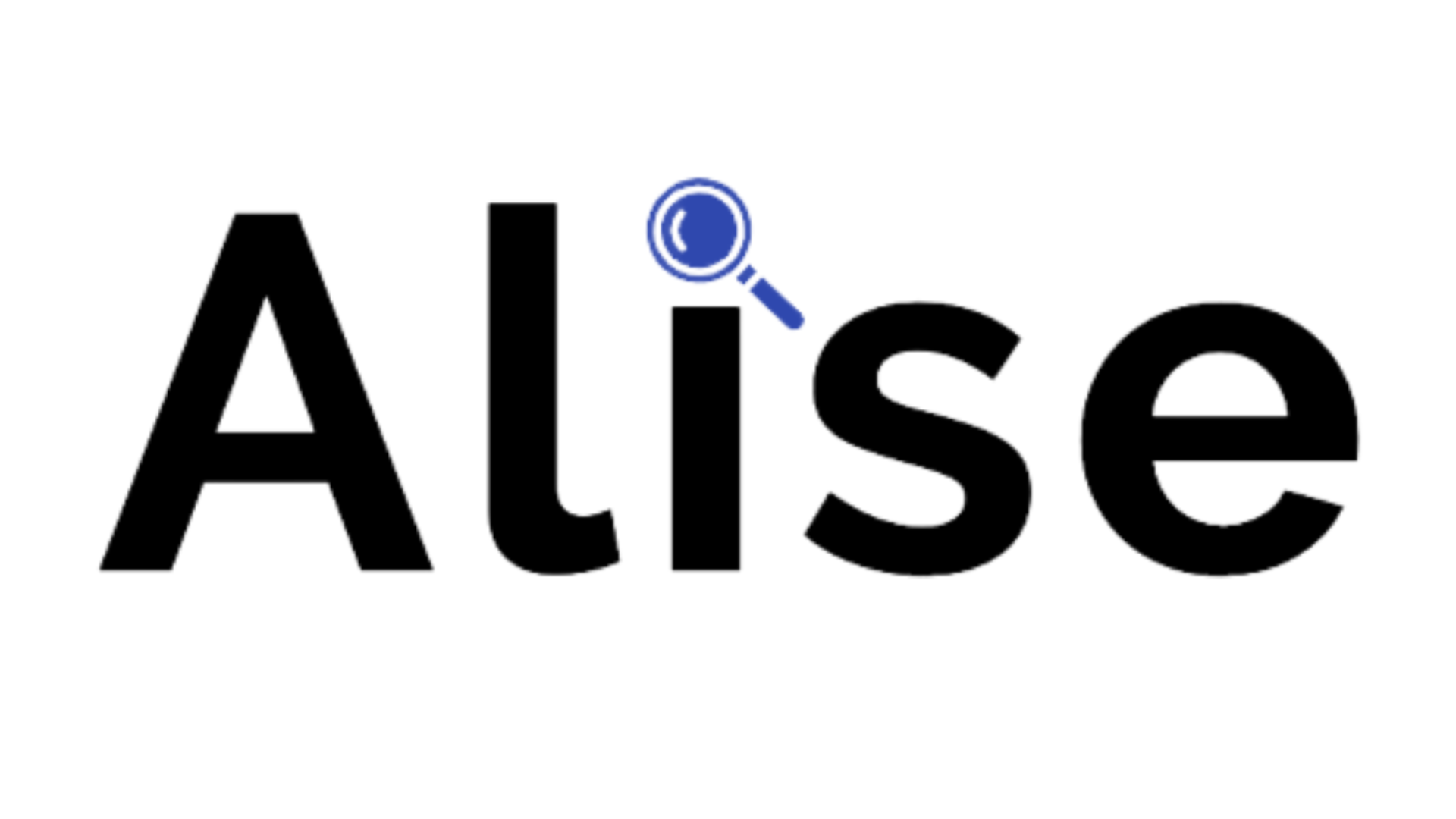Get started
Using ALISE-Components in a Demo Environment can be realized in various ways:
Var. 1 – As a µService on a Docker/Kubernetes-Platform
Find first information about the Aglaia-API and the conceptual background of Leto here:
https://alise.systems/build-your-solution/
The AL!SE-Millennium Docker images give you all the necessary services to power up with a single container and Start-Up with 1000 free Siles.
The semantic Server Leto and Aglaia, the API-Manager providing Access via HTTP/S JSON, are preconfigured and packaged for your quick&easy use in the official AL!SE Docker image available at:
https://hub.docker.com/r/alisesystems/millennium/
Required Prerequisites
Install Docker following the official installation documentation:
https://docs.docker.com/install/
Open your CLI/Terminal.
Pull/Run AL!SE/Millennium:
docker pull alisesystems/millennium:latest
docker run alisesystems/millennium:latest
If you want to use your own ontologies, you have to export the resources including all necessary ontologies into a dedicated folder (see the sample for a Windows System) and add your ontology into the beans.xml file.
docker run --name millennium -p 1180:80 -p 11443:443 -p 9995:9995 -p 11000:11000 --volume c:\alise\millennium\resources:/root/resources --volume c:\alise\millennium\logs:/root/logs -t alisesystems/millennium:latest
Connect:
curl http://localhost:1180/api/application.wadl
If everythings works well, you will receive the APi-Descripion in JSON-format and you can interact with the ALISE-Server.
The easies way is to use IRIS at first hand, which can be dowloaded here
To call it programmatically from another service, pleas leap to the
Parametrization
In src/main/resources you can configure the following properties in order to make Apollon behave according to your intent:
server.port=${PORT:<Port-Number, e.g. 8080>}api.server.protcol=<Server-Protocal, e.g. http> api.server.url=<Server-URL, e.g. localhost:11000>
Var. 2 – Include in your smart JAVA-Project with Maven
ALISE Components can be included into JAVA-Projects by using Maven and requesting them from our repositori at:
https://nexus.alise.systems/#browse/browse:maven-releases:systems%2Falise
For example insert this snippet into your pom.xml to include LETO into your JAVA-Project
<dependency>
<groupId>systems.alise</groupId>
<artifactId>leto</artifactId>
<version>2.10.14.9</version>
<classifier>jar-with-dependencies</classifier>
</dependency>

